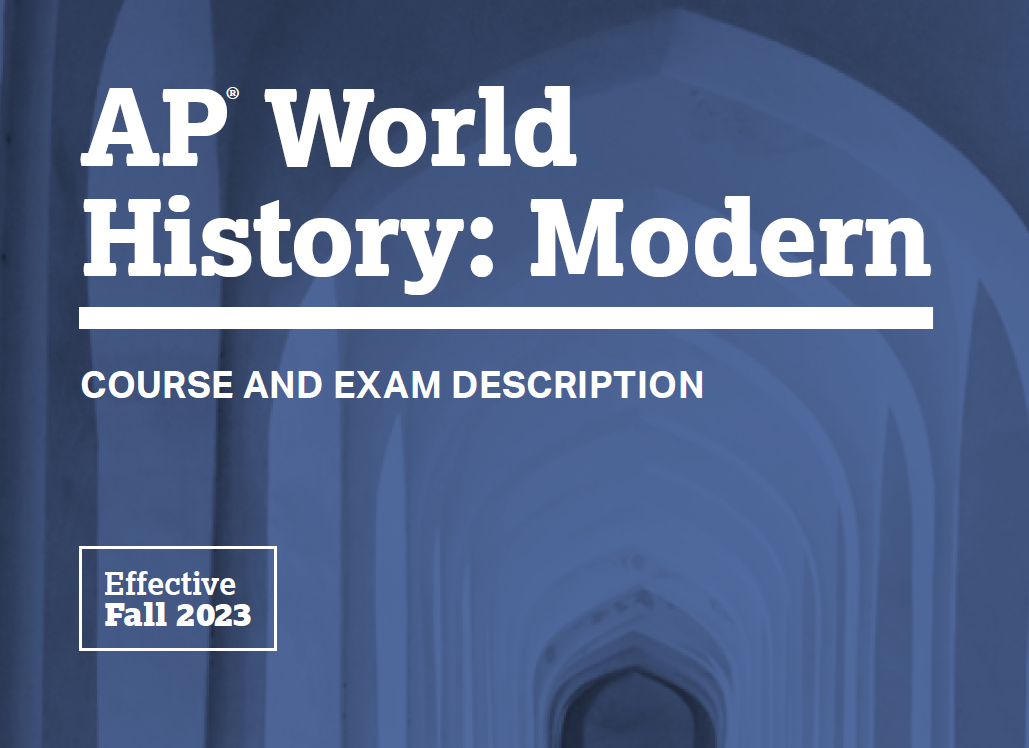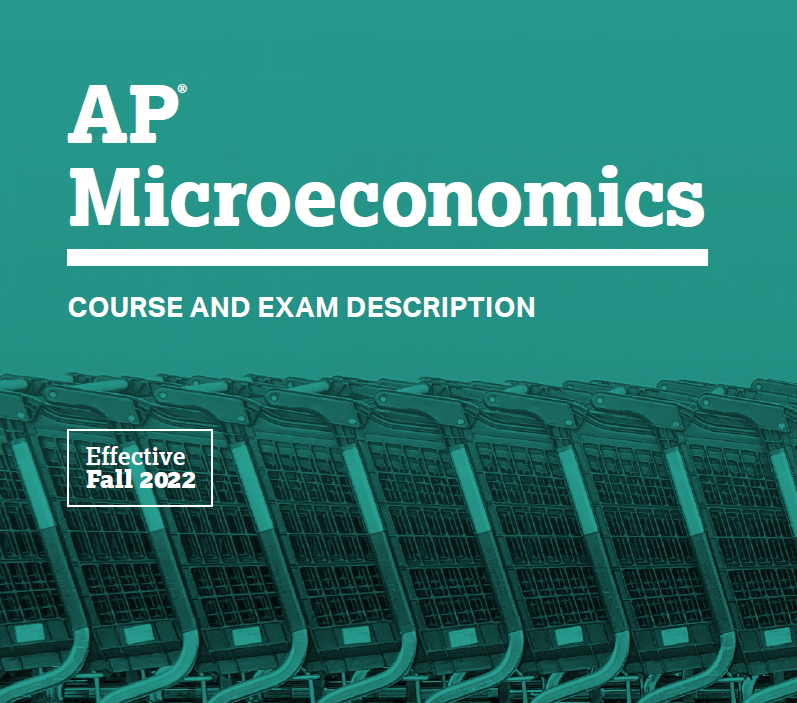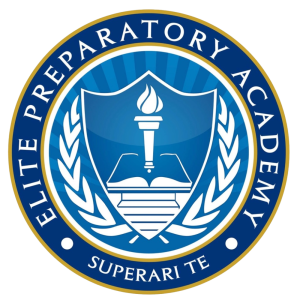
In AP World History: Modern, students investigate significant events, individuals, developments, and processes from 1200 to the present. Students develop and use the same skills, practices, and methods employed by historians: analyzing primary and secondary sources; developing historical arguments; making historical connections; and utilizing reasoning about comparison, causation, and continuity and change over time. The course provides six themes that students explore throughout the course in order to make connections among historical developments in different times and places: humans and the environment, cultural developments and interactions, governance, economic systems, social interactions and organization, and technology and innovation.
College Course Equivalent
AP World History: Modern is designed to be the equivalent of an introductory college or university survey of modern world history.
Prerequisites
There are no prerequisites for AP World History: Modern. Students should be able to read a college-level textbook and write grammatically correct, complete sentences.
- Teacher: Amber Chen
- Teacher: Dixon Liu
- Teacher: Robert Sawyer

- Teacher: Dixon Liu
- Teacher: Steven VanStaden
- Teacher: Kevin Yan
